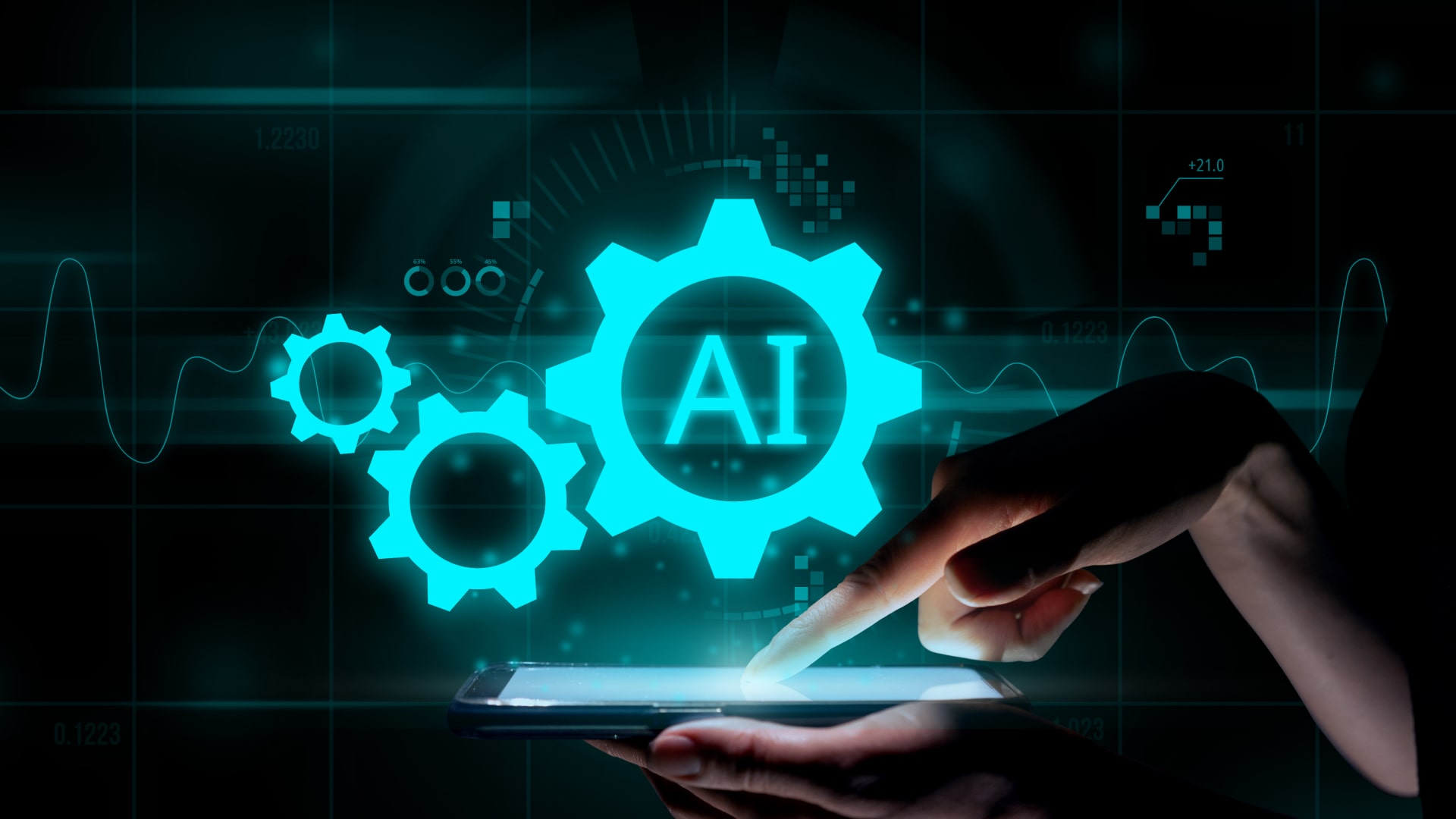
Artificial Intelligence (AI) has moved beyond the realm of science fiction and is now transforming industries and redefining how we work and live. A particularly revolutionary branch of AI, known as Generative AI, is making waves by creating entirely new and original content—from text and images to music and videos.
Did you know that Generative AI is projected to fuel a $100 billion market by 2030? This cutting-edge technology is reshaping industries, enhancing creativity, and driving innovation at an unprecedented scale.
In this blog, we explore the fundamentals of Generative AI, its working principles, and its transformative real-world applications. By the end, you’ll understand why this technology is pivotal in today’s fast-evolving landscape.
What Is Generative AI? A Beginner-Friendly Explanation
Generative AI is a branch of artificial intelligence that focuses on creating new and original content, such as text, images, music, or videos. Unlike traditional AI models that primarily identify patterns or make predictions, generative AI synthesizes new outputs by learning from vast datasets.
For instance, while traditional AI might classify an email as spam, generative AI can compose an entirely new email. Think of it as a highly skilled artist or writer that learns from existing works to produce something innovative.
How Does Generative AI Work?
Generative AI operates through advanced machine learning models that study patterns and structures in data to produce new outputs. It commonly employs two main techniques:
1. Generative Adversarial Networks (GANs)
GANs consist of two neural networks: a generator and a discriminator. The generator creates new content, while the discriminator evaluates its quality. This continuous feedback loop refines the generator’s outputs until they become indistinguishable from real data.
Example: GANs are widely used in the fashion industry to design virtual clothing prototypes, reducing design time and costs.
2. Transformer Models
Transformer models, such as GPT-4, analyze large datasets to generate contextually accurate outputs. These models excel in understanding and predicting sequences, whether in text, images, or music.
Example: GitHub Copilot, powered by a transformer model, assists developers by suggesting code snippets, improving productivity.
Recommended: Best AI Product Description Generator Tools to Boost Your Sales
Real-World Applications of Generative AI
1. Healthcare and Drug Discovery
Generative AI accelerates the discovery of new drugs by analyzing molecular structures and designing compounds.
Example: Insilico Medicine used generative AI to develop a drug candidate for pulmonary fibrosis, significantly reducing research time and costs.
2. Entertainment and Content Creation
Generative AI helps create hyper-realistic CGI, write scripts, and compose music.
Example: The visual effects team for The Mandalorian used AI to enhance virtual production sets, combining real-time rendering with lifelike CGI.
3. E-Commerce
Generative AI generates realistic product images and personalized shopping experiences.
Example: Vue.ai creates apparel visuals in multiple styles and colors without additional photoshoots.
Why Is Generative AI Special?
Generative AI stands out for its ability to:
- Enhance Creativity: Generate unique content at scale.
- Improve Accessibility: Empower non-experts to create professional-quality outputs.
- Boost Efficiency: Automate labor-intensive tasks, saving time and resources.
The Ethical Implications of Generative AI
While Generative AI offers immense potential, it also raises ethical concerns:
- Misinformation: Generative AI can produce deepfakes and false content.
- Bias in Models: AI models may perpetuate biases present in their training datasets.
- Copyright Issues: Questions arise about ownership of AI-generated content.
Developers and businesses must prioritize transparency and accountability to mitigate these risks.
Recommended: AI Consulting for Growth: How It Transforms Businesses Today
Future of Generative AI
As Generative AI continues to evolve, it is expected to:
- Augment Creativity: Act as a co-creator in art, music, and writing.
- Drive Innovation: Enable breakthroughs in scientific research and technology.
- Transform Industries: Redefine workflows in architecture, engineering, and more.
Generative AI is not just a tool—it’s a transformative force that is shaping the future of innovation and creativity.
Conclusion
Generative AI is revolutionizing industries by enabling businesses to innovate, automate, and personalize like never before. Whether you’re exploring AI for creative content, scientific research, or customer engagement, this technology offers limitless possibilities.
Ready to explore the power of Generative AI? Partner with an AI Development Company to bring your ideas to life and stay ahead in the digital era.
The post The Rise of Generative AI: Real-World Uses and Why It Matters in 2025 appeared first on Inexture.
Source: Read MoreÂ

